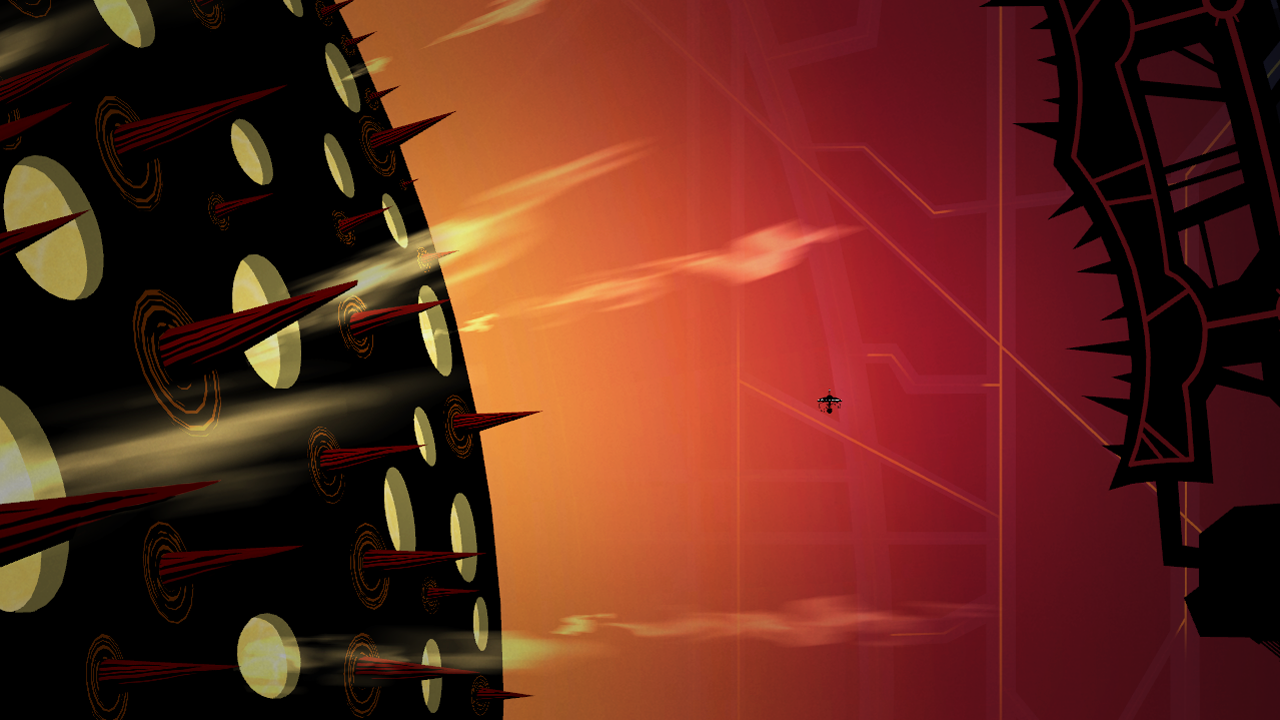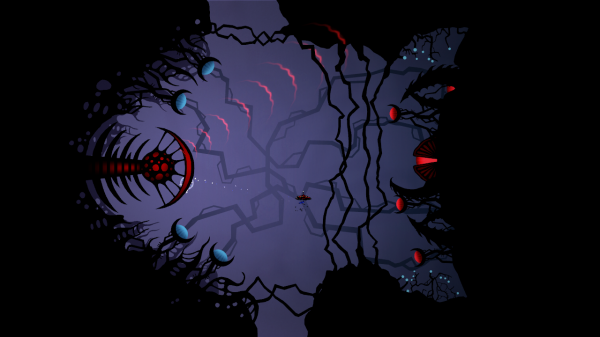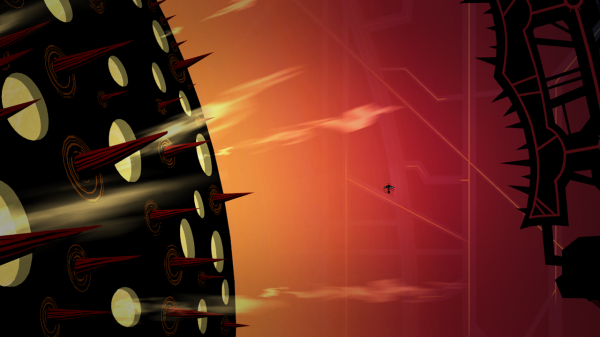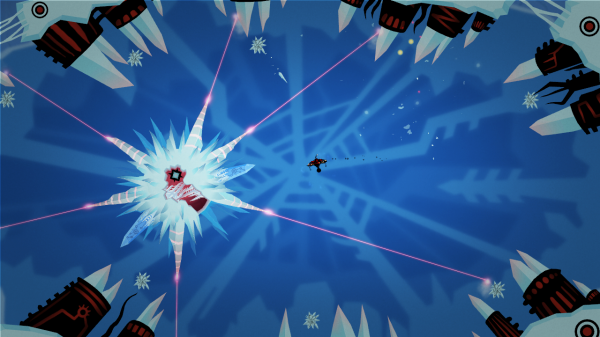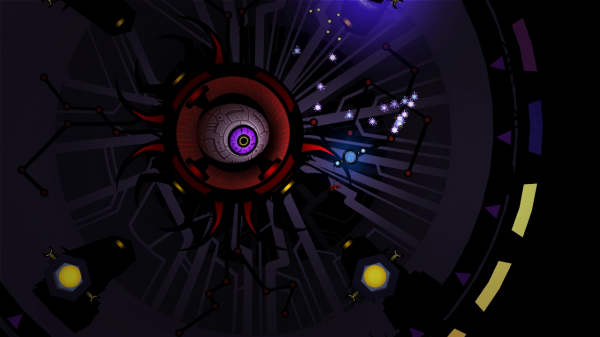E3 Preview: Insanely Twisted Shadow Planet: Art takes time
During E3 week, I had the opportunity to speak in great depth with Michel Gagne about the upcoming title Insanely Twisted Shadow Planet as well as pilot the demo for myself. The result was an entirely original experience from anything I have ever seen or played before. It was impossible to not be impressed.
The full story of Insanely Twisted Shadow Planet starts nearly five years ago when Joe Olson, head of Fuelcell Games approached Michel about bringing feature quality animation to video games. Known for his unique style of animation Michel was a well-respected figure in the movie industry working on titles such as Prelude to Eden, The Iron Giant, Osmosis Jones, and Ratatouille. At the time, Michel was hesitant citing his lack of knowledge of the game industry. Michel informed me that before he started work on Insanely Twisted Shadow Planet (ITSP) he did not know simple video game concepts like what a boss was. Joe was persistent and thankfully persuasive and eventually got Michel onboard under one condition. They would not make a game, but a work of art.
The Result is an impressive partnership. Michel would dedicate himself to creating a visual representation of his own vivid imagination, and Joe and his team would build in the game mechanics to the art. While every video game uses conceptual art, the team at Fuelcell Games strove to maintain the artistic integrity of the original art in a way no game has done before. Michel comments that working on this project was an absolute dream come true. What is in the game is exactly what was in his head. It’s amazing to see a team so focused on maintain the original vision.
Michel made it clear that he was not a savior of the video game industry, and constantly referred to Joe and the rest of the Fullcell team when speaking of ITSP. Michel commented that both the movie and video game industries could learn from each other. For example, the video game industry has been on the cutting edge of pushing framerates for quite some time, something that movie directors, notably James Cameron are just now pursuing. By putting the game out at 60 frames per second Michel and the Fuelcell team were able to create something magical.
Throughout the design process, Michel would comment to the team that various motions weren’t fluid enough and would describe how he felt they should be conducted. The team would then re-evaluate various details and reiterate on them until the resulting game played as fluid as an animated movie. Running at 60 frames per section, there were no graphic hitches that I was able to detect during my playthrough. At times, I forgot I was actually playing the game and thought I was watching an animated cutscene. The game removes all graphical barriers that have separated total immersion.
The player pilots an alien ship that utilizes nine various tools throughout different worlds. As player progress they will find new tools to add to their arsenal which will open up new paths of exploration. The art work of the various levels is unbelievably impressive as is the implementation into the game design itself. ITSP takes common industry mechanics and blends them into an entirely unique package. The ship movement is controlled by the left stick while the right controls the ships equipped gadget, making the game a effectively a twin-stick shooter. But at the same time, the level design relies heavily on side-scrolling stalwarts giving it a very Metroidvania feel.
As I traveled throughout the demo, it became quickly clear that various paths did not need to be completed to finish the game. Players are encouraged to explore and not just travel down a single linear path. During my first play through I missed one of the gadgets entirely, but was still able to kill the boss at the end. Upon playing through the game again I noticed paths that I hadn’t even seen the first time.
ITSP is example of a game where everything comes together as one and creates an impressive package, but to try to distill it down to its most base mechanics can’t do it justice. The gameplay merges these unique weapons to create puzzles players must figure out in order to progress. For example at one point, I used my giant claw to move a bolder off of a log and onto another log in order to pass through an area. Players will also fight off enemies as they progress throughout the levels. This is an extremely reductionist and simplistic explanation of the game.
Toward the end of the demo, I fought a giant boss. After destroying it I was left completely satisfied. The team at Fuelcell quickly commented that this was the earliest and smallest boss in scale and that things would progress dramatically as the game progress. Michel commented saying that while the demo is awesome, the things that would happen later in the game were even more impressive and that he wished we could see the art for all the different worlds.
After playing the game it was impossible to not be impressed with the work that had gone into it. While the production time for the game has been longer than the typical digital release, the quality level definitely shows. Michel and Joe and the rest of the team at Fuelcell have produced something groundbreaking. It’s something that everyone needs to put some time into. Look for Insanely Twisted Shadow Planet this summer as part of Microsoft’s Summer of Arcade promotion.

